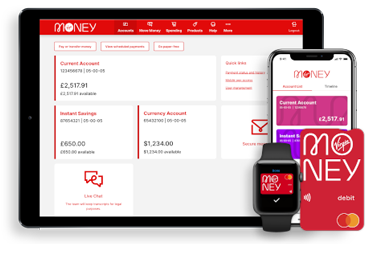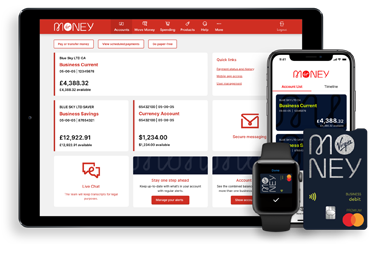How to manage FX fluctuations as an importer exporter
< back to all business news articles
04/01/2018
If you’re trading in the international marketplace as an importer, exporter or both, the last thing you want is for your profits to be impacted by foreign exchange (FX) fluctuations, and the best way to avoid them is to understand and be prepared for them.

For exporters, one of the main risks is when they’re buying in a strong currency, and selling in a weaker one. Any strong movement affecting either currency, in any direction, would have significant consequences for profit margins.
What influences exchange rates?
The first step towards protecting your business against FX fluctuations is understanding what factors influence exchange rates. Use the internet to regularly keep track of:
- Economic policies in the countries you’re exporting to, such as interest rate changes or changes of government.
- Economic factors such as increases in inflation or strong economic growth.
- What’s happening at home, such as rising debt levels in the UK or interest rate changes.
Keep this fundamental principle in mind: a strong UK pound is great for importers (as you get more foreign currency for each pound), and a low UK pound benefits exporters (as if they quote in foreign currency they get more pounds in return). If you’re dealing in both, the trick is to strike a balance between the profits being made from each.
Key payment decisions
How you’re paid, and how you get paid are key factors in reducing the risk of FX fluctuations. As an importer, you’ll need to decide whether to lock in an exchange rate when ordering from your supplier, or when you pay them. As an exporter, will you charge for your goods in pounds or the foreign currency where they’re being sent? Your customers will also be interested in getting the best possible exchange rate on their purchases.
Managing foreign exchange
Once you’ve obtained a better understanding of FX fluctuations and have set up your payables and receivables accordingly, it’s time to look at how to manage foreign exchange to best suit you.
You'll need to:
- Decide what methods you’ll use to counteract FX movements
- Assign these methods to each market you trade with
- Note your targeted rates or goals for exchanging currencies
- Follow through with your strategy and then review it as market conditions change
Whether your business is taking the first steps to trading overseas, or is an established player in the overseas market, CYB can help. Through your dedicated relationship manager, you can manage international transactions with the support of our network and an international trade specialist.
Hedging
If you import or export, your business will want to remove as much risk as possible to avoid losing money. Entering financial contracts that protect against expected or unexpected changes in currency exchange rates is known as hedging.
For example you sell a container-load of product to an overseas buyer who will pay for them when they are delivered in three months’ time. Over these three months the exchange rate in the UK or the country you’re selling to can vary wildly. One option is to fix the exchange rate the day you sell for the transaction taking place in three months’ time. Then you don’t need to gamble on making more money, or making less money (and even a loss) as you’ve taken the exchange risk away by hedging.
Other methods of reducing the risk of FX fluctuations include:
- Spot trading – this involves the purchase or sale of a foreign currency ‘on the spot.’ If you deliver immediately it’s useful, and is the opposite of setting a future date.
- Setting up forward contracts – this is locking in a fixed exchange rate and settling at a future point in time. Forward contracts can be used for any expiry date within one year and with any amount of foreign currency.
Summary
The internet’s a wonderful resource for not only monitoring foreign exchange, but for educating yourself in all areas of international currency. Understanding how foreign exchange works, and constantly monitoring it, will ensure you’re in the best position possible to reduce the risk of it impacting on your profits. Remember too, that at CYB we’re committed to helping UK businesses succeed in the international marketplace, so don’t hesitate to talk to us about your import/export plans.
Additional resources
POSTED IN: Exporting,Export Finance,2017,Cash Flow
SHARE
Related Articles
You can find impartial information and guidance on money matters on the “MoneyHelper” website.
Clydesdale Bank is covered by the Financial Services Compensation Scheme (FSCS), Find out more.


